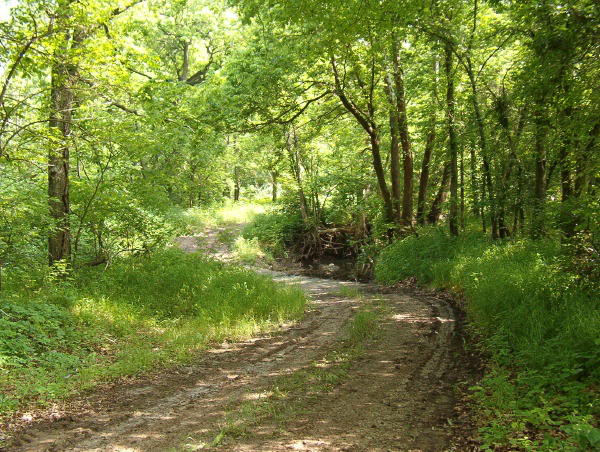sicnic, (Great name!)

I am going to play the Devil's Advocate here, if for no other reason than to spark some discussion. :twisted:
Physics and math are our friends.
As an approximation, your little Jeep engine must produce almost nine times the power to propel your Jeepy at 60 MPH as is required to propel your Jeepy at 30 MPH.
Power required varies as the cube of the vehicle speed ratio: doubling the vehicle speed equates to 2 X 2 X 2 = 8. Add in misc. other losses and the approximation becomes 9.
This is why all those intake-exhaust accessories -- if they actually work, and provide small horsepower increases -- are of little practical value at highway speed.
The power required increases geometrically, while the power increases provided by common catalog-type accessories (assuming they actually work) are small and linear. A geometric series will always overtake a linear series.
All those air intake/exhaust goodies might have some value at low vehicle-high engine speeds, but at highways speeds -- forget it.
Other accessories? There is no free lunch -- in life or in physics. The electrical power required to run an electric fan must come from somewhere. That electrical power comes from the alternator. The horsepower required to spin the alternator comes from the engine. More alternator loading, as might be required by the addition of an electric fan, the more engine horsepower required to spin the alternator (When the electrical cooling fan is running).
Your headlights, on low-beam, consume very approximately two engine horsepower. I would guess, without taking the trouble to look it up, that an electric fan would consume roughly the same amount of horsepower. The horsepower gain of an electrical fan, if any; therefore, is the difference in horsepower required to spin a conventional belt driven fan Vs. the horsepower required to spin an electrically driven fan.
With modern declutching belt-driven fans and/or flexible fan blades, the horsepower gain achieved by the substitution of an electric fan will be minimal and of little consequence at highway speeds. It is interesting to factor in here that at highway speeds, most vehicles won't require an engine cooling fan of either type.
Proving once again the Hot Rodders first two Commandments:
(1) Thou shalt not believe that there is a substitute for cubic-inches.
(2) Thou shalt believe that, all other things being equal, the vehicle with the better horsepower to weight ratio wins.
Sad to say, sicnik, but if you want to use 5th gear (overdrive) while going uphill, without lugging the engine, you'll need a bigger engine.
As I mentioned at the beginning of this post, I am playing the D-A here. The above is, however, my take on the situation. Others might well disagree.
I hope those who disagree will chime-in with opposing facts, as opposed to unquantifiable seat-of-the-pants impressions.
Regards,
Gadget
PS: BTW -- you have hills in Kansas? :shock: Does Dorothy know? :wink:

